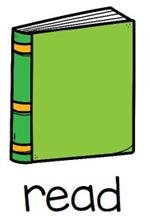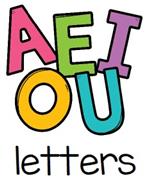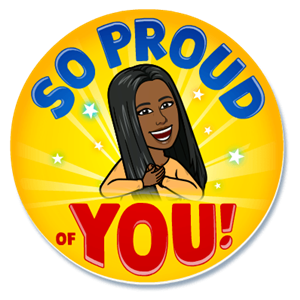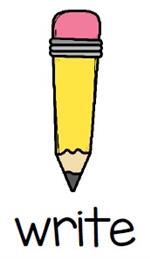Sandoval, Michelle
Page Navigation
- 🎓 University of Michigan
- 👩🏽🏫 Weekly Classroom News
- 🔗 ClassLink Access
- 📢Class Dojo
- 📝✂🖍Supplies
- 📝 Kindergarten Academic Goals
- 👩🏼🧑🏽Kindergarten Reading and Writing Process
- 💻Enrichment Opportunities
- 🎯 Learning Target
- 💛 Social Emotional Learning
- 👩🏾 Meet Mrs. Sandoval
- 📆 Michigan Procedures
- 👩🏽🏫Michigan Parent Collegiate Night Presentation
- 🌎 DELD/Designated English Language
- 💻Technology Support
-
When reading with a beginning reader:
Encourage your child to look at the pictures first. Help them predict what the story may be about.
Model finger-point reading or tracking. That means to follow the words with your finger from left to right as you read them.

Encourage your child to name letters and the sounds they make and then "squeeze" (blend) those sounds together to say the word. Practice this a few times and encourage your child to blend the sounds together faster each time.

Practice sight words daily. Sight words are words that are commonly read, spoken, and used in speaking, reading, and writing. Memorization of these sight words allows the student to read them very quickly when seen in print. This helps build reading fluency.
Practice patience! Beginning readers may read slowly.
Talk about the story after. Was your child's prediction about what the story might be about, correct?
Let them know how proud you are!

How do Kindergarteners become confident writers?
They start with drawing pictures. Encourage your child to describe what they have drawn and use lots of details.
"Kid Spelling" or Phonetic writing comes next.
The “Kid Spelling”/Phonetic writing process involves using the following strategies:
1. Say the word that they want to write.

2. Stretch out the word slowly (imagine stretching a piece of bubble gum). Example /b/-/a/-/t/
By stretching the word out and saying it slowly, they are able to hear more sounds in the word.
3. Write the letters that represent the sounds that THEY hear in the word.
This type of spelling is often incorrect, but as your child is exposed to more phonetic rules, they will begin to apply those rules when spelling words.
Let them know how proud you are!

 CVUSD HOME
CVUSD HOME